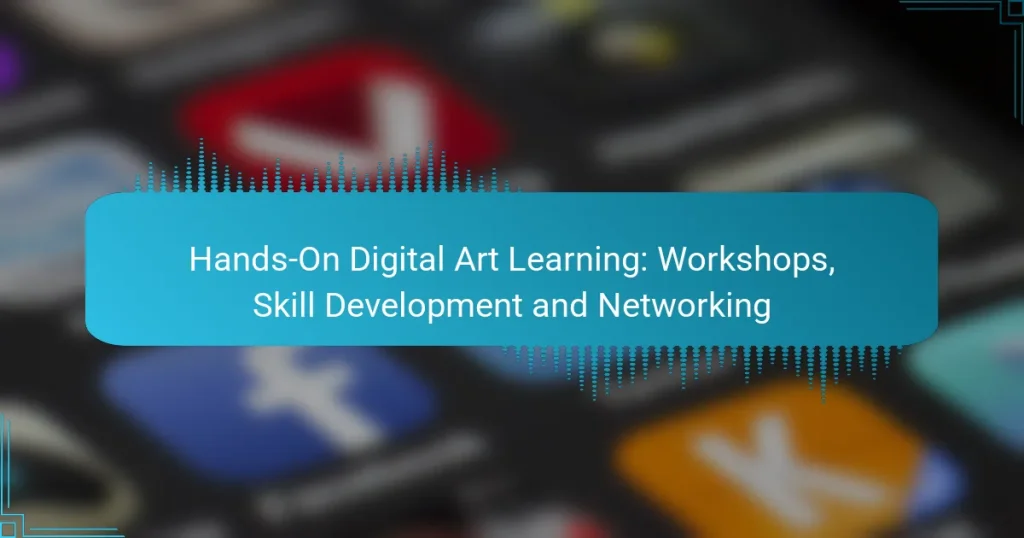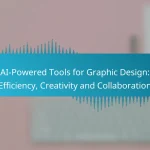Hands-on digital art workshops provide an invaluable opportunity for artists to enhance their skills while connecting with industry professionals and fellow creatives. These sessions cater to all skill levels, emphasizing practical experience and community engagement, which are essential for artistic growth. By participating in these workshops, artists can refine their techniques, receive constructive feedback, and expand their professional network.

What Are the Best Digital Art Workshops in the US?
The best digital art workshops in the US offer a mix of hands-on experience, skill development, and networking opportunities. These workshops cater to various skill levels and often feature industry professionals as instructors, making them valuable for aspiring and established artists alike.
Skillshare Digital Art Workshops
Skillshare provides a wide range of digital art workshops that focus on specific techniques and software. Users can choose from classes covering topics like illustration, graphic design, and animation, often taught by experienced artists. Membership typically costs around $15 per month, granting access to thousands of classes.
When selecting a workshop, consider your current skill level and the specific skills you want to develop. Look for classes with high ratings and positive reviews to ensure quality instruction.
Udemy Digital Art Courses
Udemy offers a diverse selection of digital art courses, ranging from beginner to advanced levels. Prices vary significantly, often between $10 and $200, depending on the course and instructor. Many courses include lifetime access, allowing you to learn at your own pace.
Be sure to check the course syllabus and student feedback before enrolling. This can help you find courses that align with your goals and provide practical, hands-on projects.
MasterClass Art Classes
MasterClass features high-profile artists teaching digital art through pre-recorded video lessons. Classes cover various aspects of art creation, including storytelling and technique, and typically require a subscription of around $180 per year for access to all classes.
While MasterClass provides exceptional insights from renowned artists, the format is less interactive than other workshops. Consider supplementing these classes with practical exercises to apply what you learn.
Local Community College Workshops
Many community colleges across the US offer affordable digital art workshops as part of their continuing education programs. These workshops often focus on specific software like Adobe Photoshop or Illustrator and can cost anywhere from $100 to $500, depending on the length and depth of the course.
Local workshops provide a great opportunity for networking with fellow artists and instructors. Check your local community college’s course catalog for upcoming offerings and registration details.
Online Art Bootcamps
Online art bootcamps are intensive programs designed to rapidly enhance your digital art skills. These bootcamps can last from a few weeks to several months and typically cost between $500 and $2,000. They often include live instruction, peer feedback, and portfolio development.
When choosing a bootcamp, consider the curriculum, instructor qualifications, and the level of support provided. Look for programs that offer a balance of theory and practical application to maximize your learning experience.
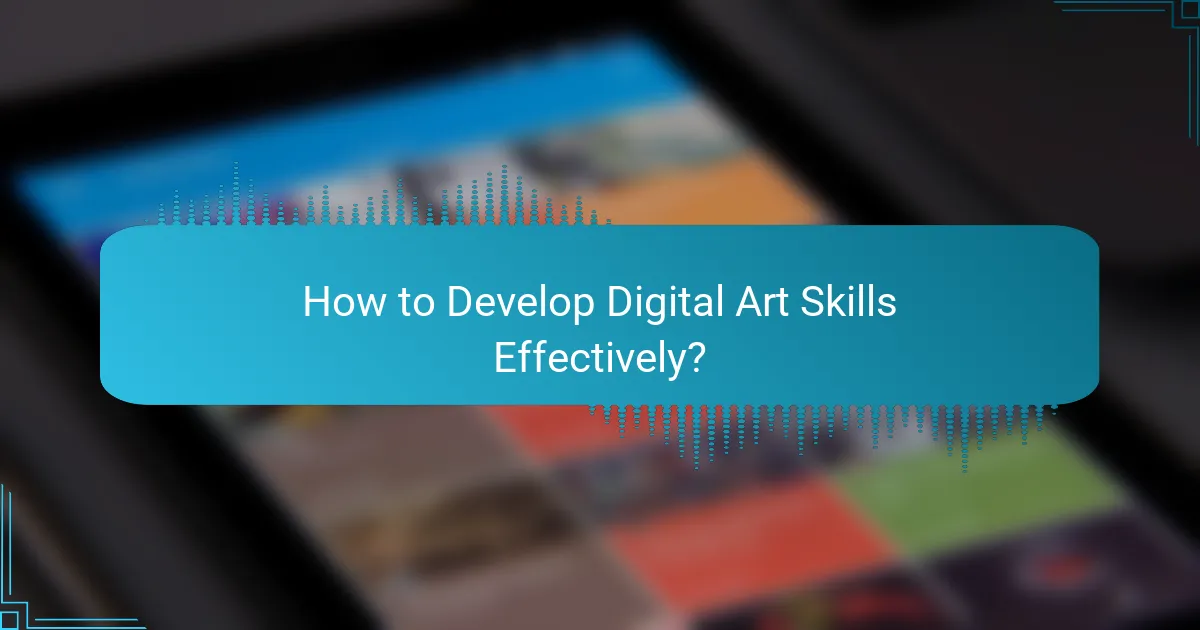
How to Develop Digital Art Skills Effectively?
To develop digital art skills effectively, focus on consistent practice, seek feedback, and engage with the art community. Utilizing various resources and tools will enhance your learning experience and help you grow as an artist.
Practice with Online Tutorials
Online tutorials are a valuable resource for learning digital art techniques. Websites like YouTube, Skillshare, and Udemy offer a wide range of tutorials that cater to different skill levels, from beginners to advanced artists.
When selecting tutorials, look for those that focus on specific skills you want to improve, such as character design or digital painting. Aim to complete at least one tutorial per week to build your skills steadily.
Engage in Peer Critiques
Participating in peer critiques can significantly enhance your digital art skills. Sharing your work with others and receiving constructive feedback helps you identify areas for improvement and gain new perspectives on your art.
Join online forums or local art groups where you can share your work and critique others. Aim to provide thoughtful feedback and be open to suggestions, as this reciprocal process fosters growth for everyone involved.
Participate in Art Challenges
Art challenges are a fun way to push your creative boundaries and develop your skills. Many online platforms host monthly or weekly challenges that encourage artists to create within specific themes or constraints.
Engaging in these challenges not only helps you practice regularly but also connects you with a community of artists. Consider participating in popular challenges like Inktober or Draw This In Your Style to gain exposure and motivation.
Utilize Digital Art Software
Familiarizing yourself with digital art software is crucial for skill development. Programs like Adobe Photoshop, Procreate, and Corel Painter offer various tools and features that can enhance your artistic capabilities.
Start by mastering the basics of your chosen software, such as layers, brushes, and color palettes. As you become more comfortable, explore advanced techniques like blending modes and custom brush creation to expand your skill set.
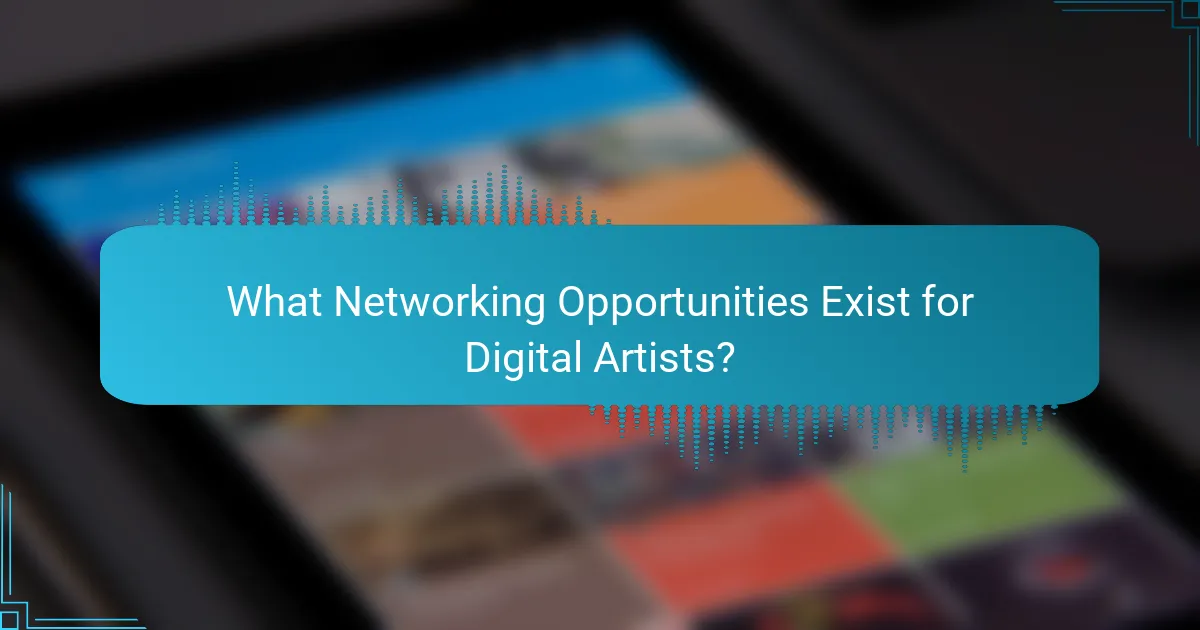
What Networking Opportunities Exist for Digital Artists?
Digital artists can connect with others through various networking opportunities that enhance their skills and visibility. Engaging in these platforms can lead to collaborations, feedback, and career advancements.
Art Community Forums
Art community forums serve as online spaces where digital artists can share their work, seek advice, and discuss techniques. Popular platforms like DeviantArt and ConceptArt.org allow users to post their art and receive constructive criticism from peers.
When participating in forums, be active and responsive to feedback. This engagement not only improves your skills but also helps build relationships with other artists who may share your interests.
Social Media Groups
Social media groups on platforms like Facebook and Discord are excellent for networking among digital artists. These groups often focus on specific styles or techniques, providing a targeted audience for sharing work and receiving feedback.
To maximize your experience, join groups that align with your artistic goals and contribute regularly. Sharing your progress and participating in challenges can increase your visibility and foster connections with like-minded artists.
Local Art Meetups
Local art meetups offer face-to-face networking opportunities for digital artists to connect with their community. These gatherings can range from casual coffee meetups to organized workshops and exhibitions.
Check platforms like Meetup.com or local art schools for events in your area. Attending these meetups allows you to network personally, share experiences, and even collaborate on projects with other local artists.
Virtual Art Exhibitions
Virtual art exhibitions have gained popularity, allowing digital artists to showcase their work to a global audience. Platforms like ArtSteps and Kunstmatrix enable artists to create immersive galleries that viewers can explore online.
Participating in these exhibitions can significantly enhance your exposure. Ensure your work is well-presented and consider promoting the event on your social media to attract more viewers and potential connections.
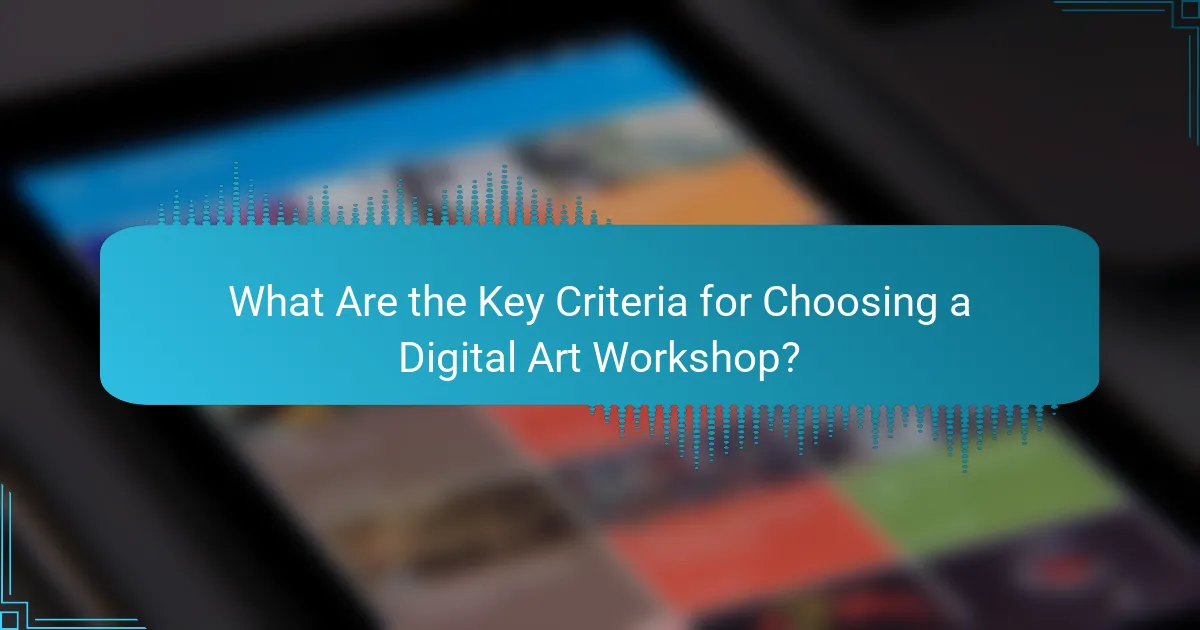
What Are the Key Criteria for Choosing a Digital Art Workshop?
When selecting a digital art workshop, consider factors such as instructor experience, workshop format, participant feedback, and cost. These criteria will help ensure that you receive quality instruction and a valuable learning experience.
Instructor Experience
The experience of the instructor is crucial in a digital art workshop. Look for instructors with a strong portfolio, relevant industry experience, and teaching credentials. An experienced instructor can provide insights that enhance your understanding of digital art techniques and tools.
Consider checking their past workshops or classes, as well as reviews from former participants. This can give you a clearer picture of their teaching style and effectiveness.
Workshop Format
Workshop format can vary significantly, impacting your learning experience. Options include in-person sessions, online classes, or hybrid formats. Determine which format aligns best with your learning preferences and schedule.
Additionally, consider the workshop’s structure, such as hands-on projects, group critiques, or one-on-one feedback. A well-rounded format can enhance engagement and skill development.
Participant Feedback
Pay attention to comments about the instructor’s teaching style, the relevance of the content, and the overall experience. This information can help you gauge whether the workshop will meet your expectations.
Cost and Accessibility
Cost is an important factor when choosing a digital art workshop. Prices can range from low tens to several hundreds of dollars, depending on the instructor’s reputation and the workshop’s length. Ensure that the workshop fits within your budget while still offering quality instruction.
Accessibility is also key. Consider the location if it’s an in-person workshop or the technology requirements for online sessions. Make sure you have the necessary tools and software to participate fully in the workshop.

How to Measure Progress in Digital Art Skills?
Measuring progress in digital art skills involves tracking improvements in technique, creativity, and overall output quality. Regular self-assessment, feedback from peers, and comparing past works to current projects can provide valuable insights into your development.
Setting Clear Goals
Establishing specific, measurable goals is essential for tracking your progress in digital art. These goals can range from mastering a particular software tool to completing a certain number of artworks within a set timeframe. For instance, aim to create one finished piece each week or learn a new technique every month.
When setting goals, ensure they are realistic and achievable. Break larger objectives into smaller tasks to maintain motivation and provide a clear path forward. Regularly revisit and adjust these goals based on your evolving skills and interests.
Regular Self-Assessment
Conducting regular self-assessments helps you evaluate your skills and identify areas for improvement. Set aside time every few weeks to review your recent works, noting what you like and what could be enhanced. This reflection can highlight your growth and inform your future learning focus.
Consider maintaining a digital portfolio to track your artwork over time. This visual record can serve as a powerful motivator, showcasing your journey and progress in digital art.
Seeking Feedback
Feedback from peers and mentors is invaluable for measuring progress in digital art. Share your work in online communities or local workshops to gain constructive criticism. Engaging with others can provide new perspectives and ideas that enhance your skills.
When receiving feedback, focus on specific aspects such as composition, color use, and technique. This targeted approach allows you to make informed adjustments and continue improving your craft.
Comparing Past and Present Work
Regularly comparing your current work to earlier pieces can reveal significant progress in your digital art skills. Look for improvements in detail, complexity, and overall execution. This practice not only boosts confidence but also helps you recognize the techniques and styles that resonate with you.
Consider creating a side-by-side comparison of your art from different periods. This visual representation can serve as a motivational tool, reminding you of how far you’ve come and inspiring you to keep pushing your creative boundaries.
